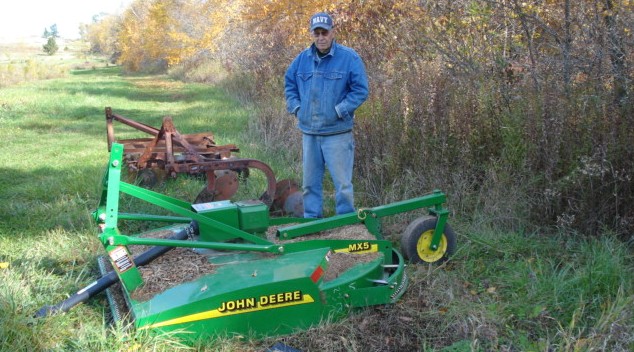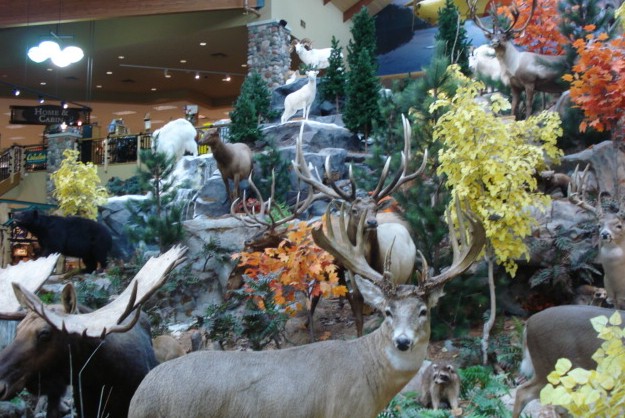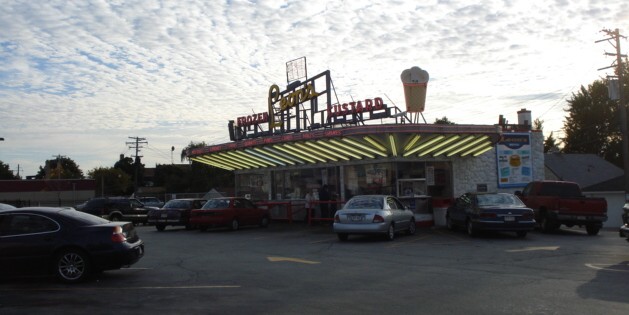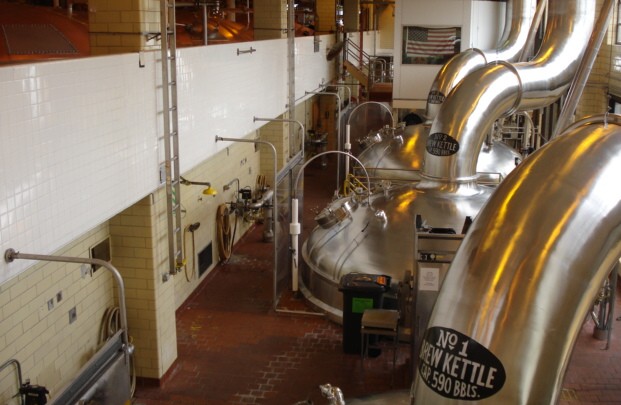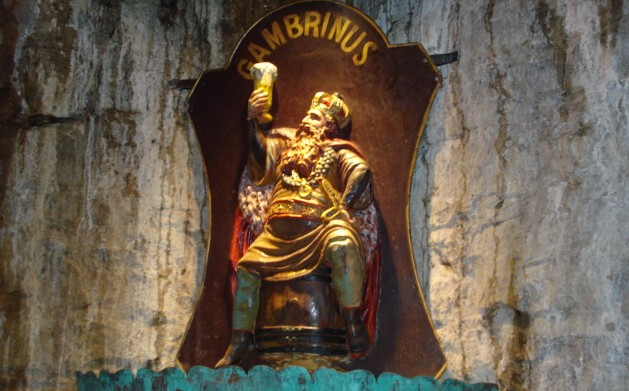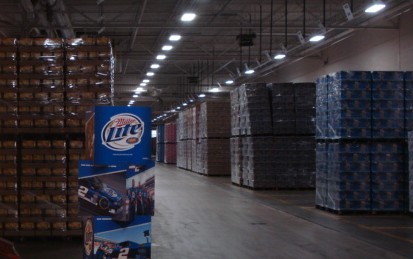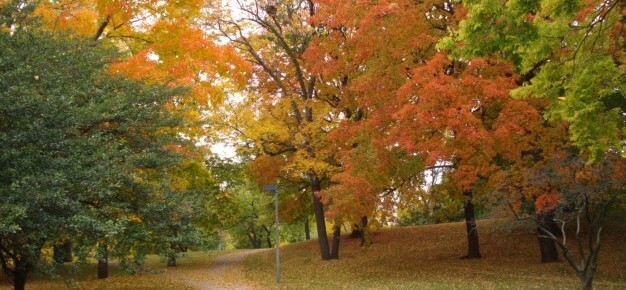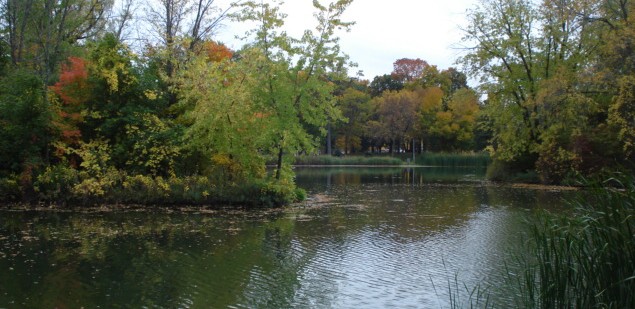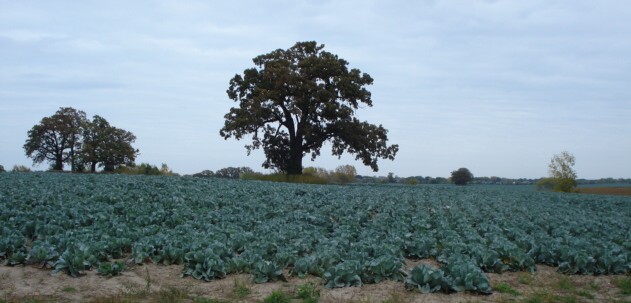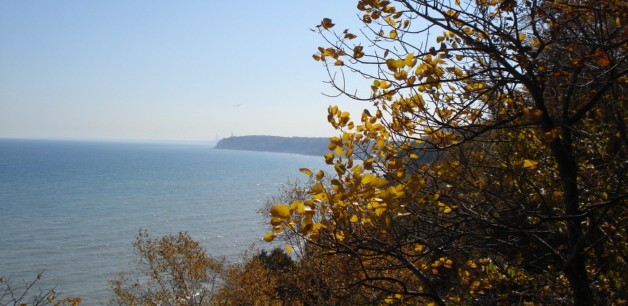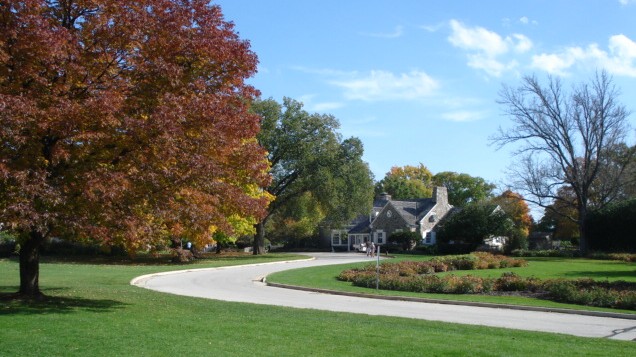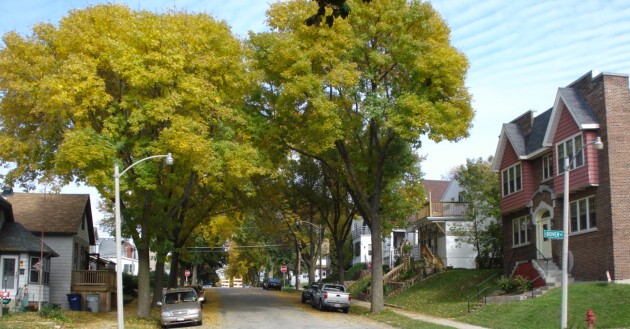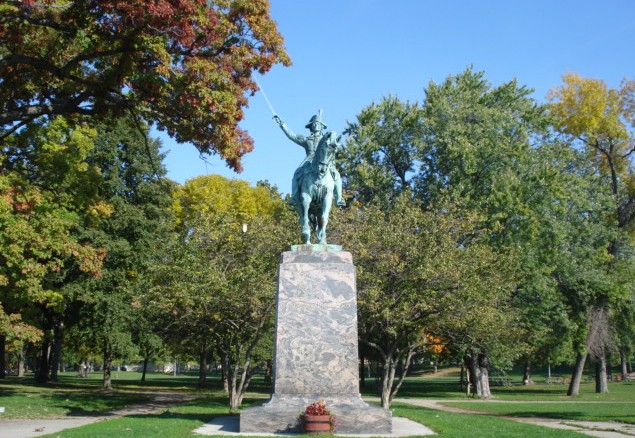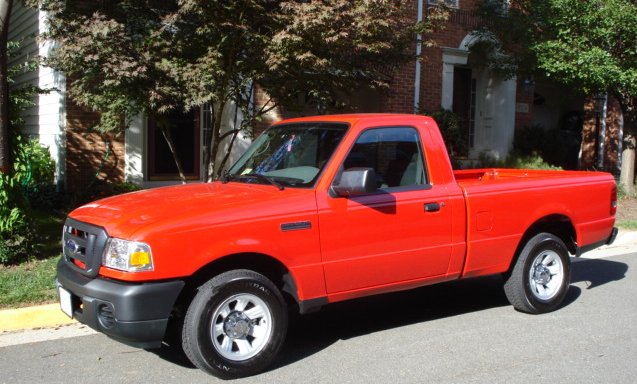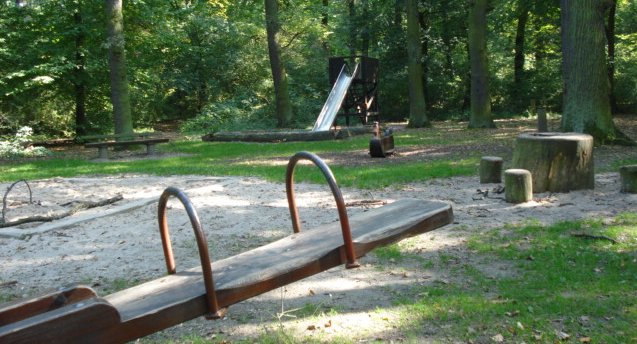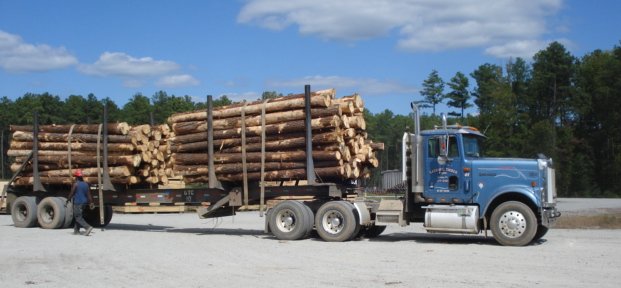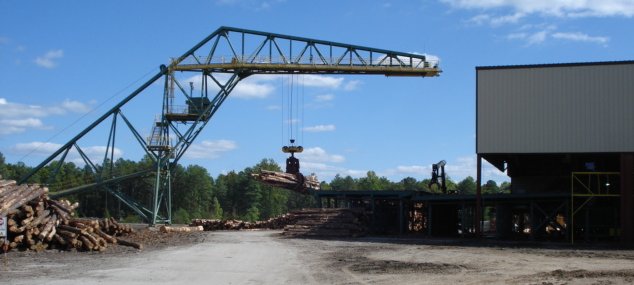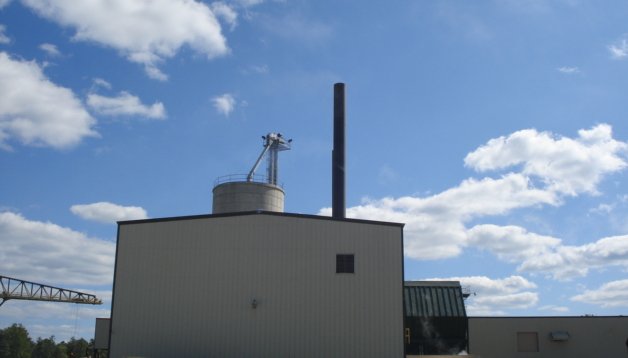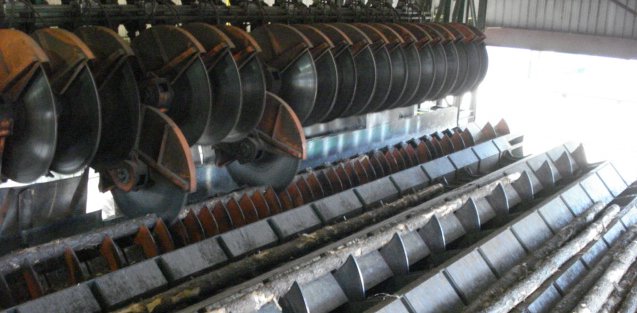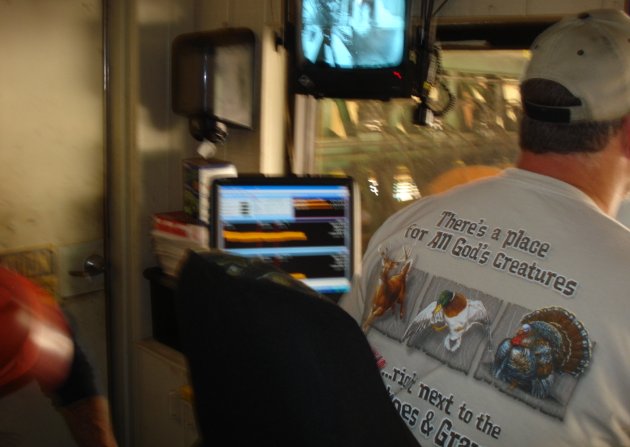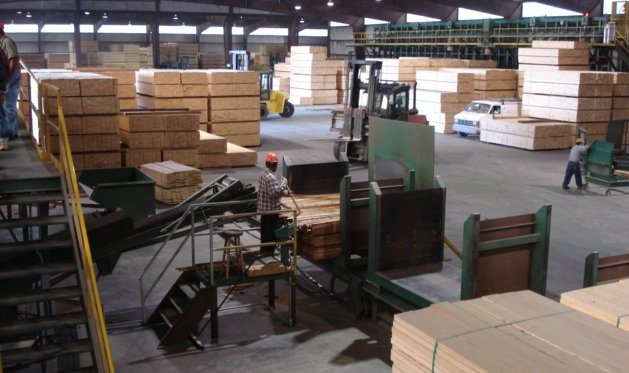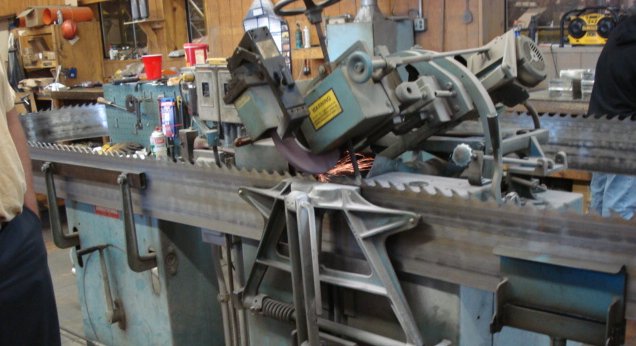I was reading the new book by Tom Freidman called “Hot, Flat and Crowded” re new green industries. Freidman says that President Bush should have imposed a stiff tax on imported oil right after 9/11. There would have been support for the sacrifice and the tax would have taken money out of the pockets of many people who don’t like us and probably avoided the crisis we face today. I agree on this point. Now we see oil prices falling from their highs and I am afraid we are about to fall into a trap of cheap oil – again. Below are some things I wrote a while back with some updates.
Most conspiracy theories are as nutty as the people who believe in them and I hate to be associated with those guys in any way, but I think that there is a glaring example that we all see but don’t notice. There is the periodic lowering of oil prices.The oil market is not free. Governments control most crude oil and often oligarchs and despots control these governments. They make decisions based more on political than economic factors. Market forces constrain the their choices and they cannot completely ignore the forces of supply in demand, but they have stumbled on a kind of a whipsaw strategy to earn higher profits than the market would pay them in the long run by LOWERING prices in series of short terms.
We have seen this happen twice already and I am afraid we will get a third dose of it within a couple of years. Already oil prices are dropping. We foolishly welcome the cheap fuel and end up paying more in the long run. How does this work?Somewhere around $60-70 a barrel (adjusted for inflation) alternatives become competitive with oil and the higher the price goes, the more investment flows into alternatives. We saw that happen in the late 1970 until the early 1980s and we are see it happening now to an even greater extent. The problem with most alternatives is that there is a significant up-front investment. This includes research and development costs as well as capital investment in things like solar panels that might take several years to pay off.
When energy prices are high, investments in solar, wind or hybrid vehicles pays off quickly. When energy prices are low, such investments pay off slowly or maybe not at all.High energy prices provide a de-facto subsidy to alternative energy. Unstable energy prices make all energy investment uncertain.
Last year I attended a forestry convention where the theme was alternative energy from forestry residue (wood chips etc). The speakers were visionaries, talking about the great potential for alternative energies. Some of the guys around me looked skeptical. When I talked to them, it turned out that several had tried such things in the 1980s but lost their investments in the 1990s when the price of oil dropped through the floor. They recalled a similar, although smaller, such fluctuation in the middle of the 1970s. They were not going to jump on this bandwagon this time.It is true that market forces cause the price of oil to fluctuate. As prices rise, there is more exploration and development which naturally brings the prices down. But manipulation by governments greatly exacerbates market cycles and makes them pernicious. People like Hugo Chavez, Mahmoud Ahmadinejad or Vladimir Putin are not friends of free market democracy and are not enthusiastic about alternative energy sources that will cut into their profits and political power. They exercise their power to destabilize the energy market and make it a hostile environment for alternatives.
We are not helpless but our choices are limited. We cannot decree cheaper energy in the short run, but we can use market power against those who would keep us dependent on oil. The ironic way to lower energy prices and develop alternatives to oil in the long run is to make sure energy prices stay high in every short run.We cannot allow brief episodes of low prices to periodically destroy progress in alternatives and conservation. This happened in the 1990s. We foolishly welcomed these low prices and thought that the good times would roll forever.
Let’s scr*w the despots and declare independence from oil addiction. (Those who want to include American oil companies in this crowd, feel free to do so.) What we need to do is tax carbon and keep the price of oil up when it is coming down. It could be enacted in a simple fashion. Today the price of oil is high and we don’t think it will ever come down very far. Experience indicates this is mistaken. As oil prices come down, we should impose countervailing taxes to keep the drop from destroying our efforts to develop alternatives and invest in conservation strategies.Nothing works better or faster than price. People talk a lot about raising fuel standards. High prices do that naturally. Otherwise raising standards doesn’t work, since people just drive more. There just is no easy way to do this.
I know what I am saying is deeply unpopular, especially this week when thoughts of the Great Depression are on so many minds. We all like lower gas prices; we just cannot have them in the long run, but consistent and sustained higher prices in the short term will lead to lower price in the long run and it will help us break the hold foreign despots. Wouldn’t it be great if Chavez, Ahmadinejad and Putin had less money? A higher tax on oil will also help do that. I generally don’t like taxes, but this is one we need.The oil pushers have fooled us at least twice. I am sure there are more examples, but there are two big ones I can recall. Let’s not give them a third shot.
Today’s Problems are Yesterday’s Solutions
Since we cannot always be right, we must be flexible and robust. As new information becomes available or conditions change, even the best decisions must be revisited and sometimes overturned. The ethanol debacle is a good example of both this idea and the pernicious effects government intervention in fouling up and calcifying the change and innovation mechanism.
Don’t burn fuel; grow it! What a great bumper sticker and the idea that a renewable, home-grown energy could replace dirty imported fossil fuels undeniably attractive. The devil is in the details, the execution & the fine tuning. Cf. a good article from last year.
First, let’s be clear. We do NOT have an energy crisis or even an energy problem in the real sense. We have a mix of energy choices. As we make different choices, options and consequences change. It is not a problem in the usual sense. Problems can be solved. This one is unsolvable. No breakthrough will save us. If it did, we would just expand our “needs” to encompass the new possibilities, as we did in the past. We can, however, manage the situation and change our energy mix. Nobody knows, because it is currently unknowable, what the optimal energy mix will be ten years from now. Some of the information we need to understand the upcoming situation and make sound decisions must be developed through trial and experimentation. Some sources and technologies that seem very promising today will prove unsuitable. They will need to be altered or abandoned w/o too much heartache or recrimination.
Wisdom lies not in knowing the best future, which is unknowable at current levels of technology & information. The appropriate solutions literally have not yet been developed. The best choices of 2025 are perhaps still not invented. Wisdom lies in having a system that can develop alternatives, smoothly transition from one option to another and easily course correct when appropriate. We need a system that allows people to imagine and innovate and then develop innovations into useful solutions. Fortunately, we have such a system.
This is something only the market can do. Government’s role is to point in the general direction of options that are politically acceptable. Within that broad constraint, however, government has no business picking winners of losers and it has no capacity to manage or micro manage the process. The more detailed instructions that politicians and bureaucrats give to those developing solutions, the less likely they are to succeed. The ethanol debacle is a good example. Government rule and subsidies are locking us into a technology and feed source that is proving a mistake. It is a QWERTY solution. (If you don’t know what a QWERTY solution is, take a look at your keyboard. This keyboard was designed to SLOW typists in the time of mechanical typewriters so they would not jam. Does your computer jam?)
The fundamental strength of the market is NOT its ability to choose the right choice. Rather it is the ability to try many solutions simultaneously, experiment and change course rapidly and smoothly. This is almost exactly the opposite of the skill set government bureaucrats and planners bring to the table and it is usually anathema to politicians trying to win votes. (Why didn’t they dump the ethanol subsidies last year?)
Ethanol from abundant American corn seemed a great idea. It was well worth the experiment and certainly some ethanol will be made profitably from corn in the future. It was NOT a bad decision, but unfolding events, new information and developing technologies over took it. The market can and to some extent is turning away, but the power of politics will prop up this sick horse for years to come. People in developing countries will go to bed hungry because of the good policies of the U.S. and Europe. Sometimes things go wrong BECAUSE of not in spite of our best efforts and every solution has the potential to become a problem. When condition change, we should change our minds too.


